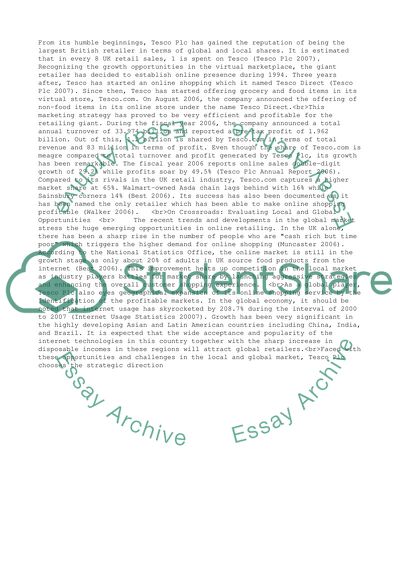Cite this document
(“Marketing Strategy of Tesco Case Study Example | Topics and Well Written Essays - 3000 words”, n.d.)
Marketing Strategy of Tesco Case Study Example | Topics and Well Written Essays - 3000 words. Retrieved from https://studentshare.org/business/1530885-marketing-strategy-of-tesco
Marketing Strategy of Tesco Case Study Example | Topics and Well Written Essays - 3000 words. Retrieved from https://studentshare.org/business/1530885-marketing-strategy-of-tesco
(Marketing Strategy of Tesco Case Study Example | Topics and Well Written Essays - 3000 Words)
Marketing Strategy of Tesco Case Study Example | Topics and Well Written Essays - 3000 Words. https://studentshare.org/business/1530885-marketing-strategy-of-tesco.
Marketing Strategy of Tesco Case Study Example | Topics and Well Written Essays - 3000 Words. https://studentshare.org/business/1530885-marketing-strategy-of-tesco.
“Marketing Strategy of Tesco Case Study Example | Topics and Well Written Essays - 3000 Words”, n.d. https://studentshare.org/business/1530885-marketing-strategy-of-tesco.


